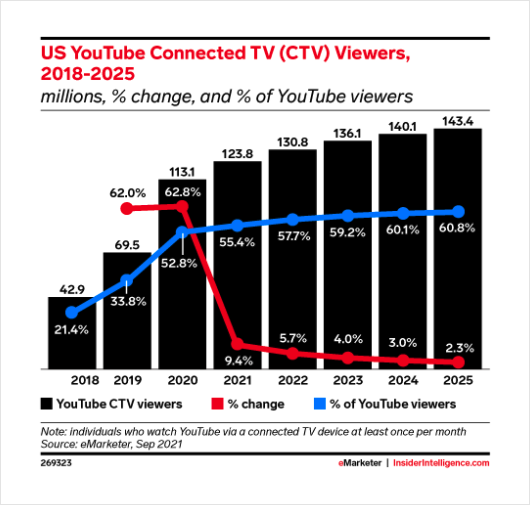What Are CTV And OTT Ads? Master the Next-Gen of Advertising
What Are CTV And OTT Ads?
Increasingly, viewers are rejecting traditional TV in favor of flexible digital streaming options. According to Google, the definition of television itself is changing, as most people consider streaming services like YouTube and Netflix to be a part of it.
Given this trend, the ability to translate viewer information into targeted advertising through streaming platforms and apps is the marketing wave of the future.
What’s The Fuss All About?
Let me start with short guided imagery; you are at home, relaxing on the couch while listening to your favorite artist on YouTube, or the new video of that Youtuber you’ve been following recently. Then, an ad pops up, something about Nike’s new sneakers, which look neat. Most likely, you will skip the ad as you usually do or decide to check the promotion quickly.
Whether you will buy the Nikes eventually or not, it doesn’t matter right now. But the fact that you watched an ad on your TV screen and had a choice to make an action – these are the big news for us digital marketers.
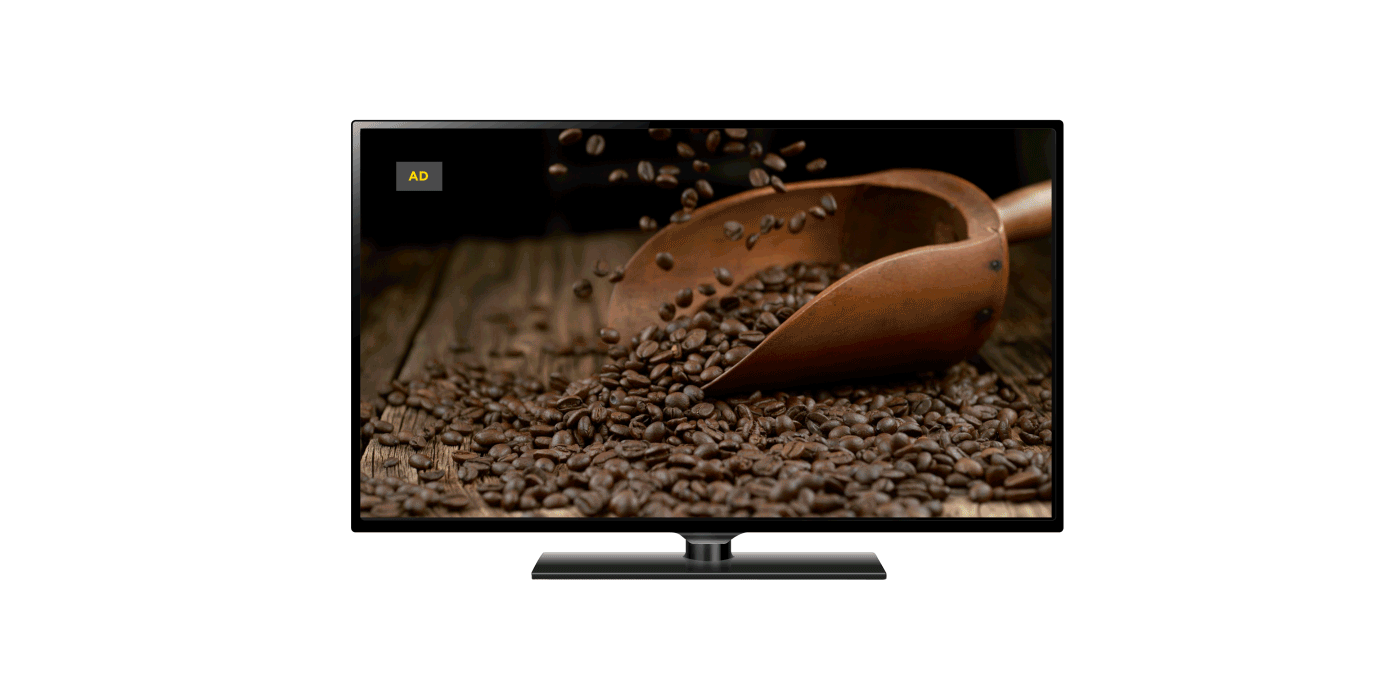
This shoppable TV advertising is called Connected TV (CTV) ads, and it is already predicted to be the next big thing by Google. Rather than traditional time-slot ads, CTV ads provide a means of driving immediate sales and embedding targeted advertising into user interfaces.
This article will cover everything you need to know about CTV ads, the market potential, the advantages, who should use them, and how to create your first CTV campaigns.
Digitilized TV Vs. Linear TV- Important Terms
In recent years, streaming technology has drastically changed the way television operates and created different methods to consume content on the big screen. If you consider utilizing digital TV ads for your marketing strategy, you should understand the differences between these methods.
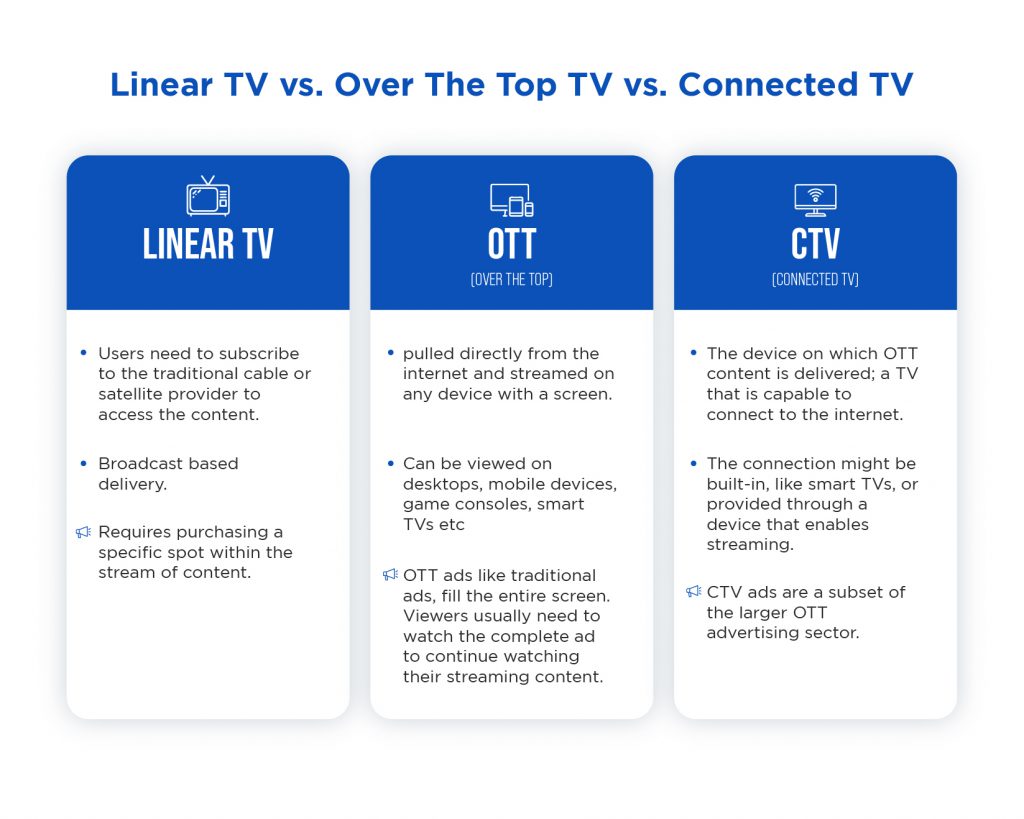
Traditional TV
Traditional, or linear TV, which you are definitely familiar with, is the classic method; broadcasting content live directly to the TV receiver. Users need to subscribe to the traditional cable or satellite provider to access the content. Purchasing ads using the linear TV model requires purchasing a specific spot within the stream of content. As a result, it’s expensive and less easily targeted.
What Is OTT (Over-the-top)?
OTT or “over-the-top” content is pulled directly from the internet and streamed on any device with a screen. Therefore, it includes all multimedia devices, apps, and streaming services that deliver digital content via an internet connection. OTT providers include Netflix, Hulu, and alike. Mass media and networks are also launching their own OTT services such as Disney+.
OTT means that the content source is the internet instead of traditional cable, antenna, or satellite connections. Desktops, mobile devices, game consoles, and smart TVs all provide OTT services.
Different OTT services offer different subscription methods. For example, some use ads instead of or as a supplement to subscription charges.
More and more people are slowly abandoning the traditional TVs in favor of streaming services like YouTube and Netflix. In the middle of this massive trend lies a great opportunity for us marketers.
Example of OTT Ads
Someone streaming an episode of Hulu on their laptop might have to watch or click through several targeted ads periodically. They will encounter the same ads if they open Hulu on their mobile phone.
OTT advertising, like traditional ads, fills the entire screen, and viewers usually need to watch the complete ad to continue watching their streaming content.
Understanding CTV Vs. OTT
In a sentence, OTT is the content delivery method and CTV is an internet-connected device. In this sense, you can use a CTV device (such as Apple TV) to stream OTT content (such as Netflix).
With regards to ads, OTT ads can and will show on a CTV, though they are not made for CTVs exclusively.
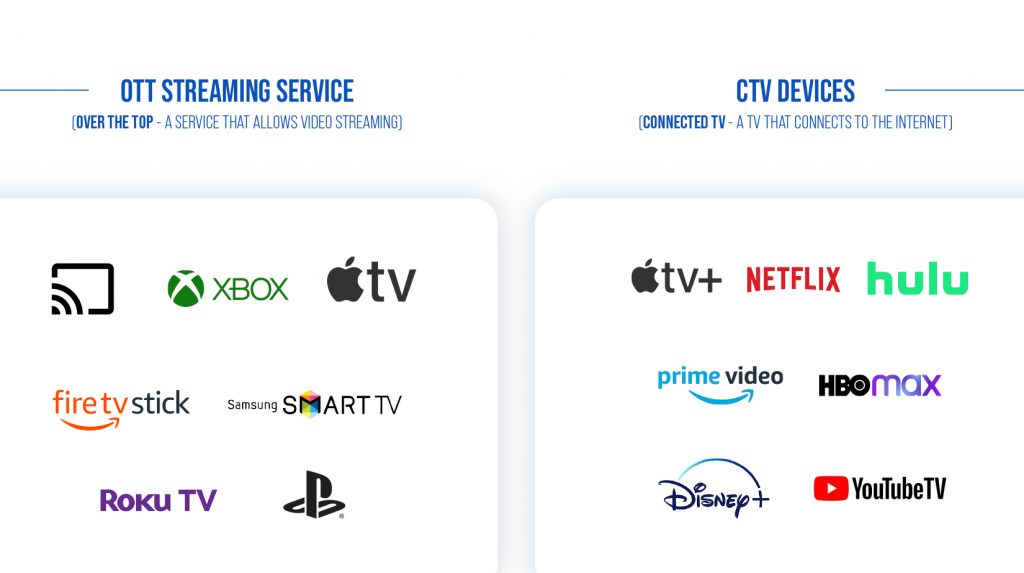
What Is CTV?
A CTV or connected TV is a TV that is capable to connect to the internet. This connection might be built-in, like smart TVs, or provided through a connected device that enables apps and video streaming, such as Roku, Apple TV, Amazon Fire TV, and gaming consoles as well.
A CTV allows viewers to access and view streaming content on a “big screen,” which is a game-changer. While mobile and even computer ads generate proven results, a small screen and handheld devices are not equipped for what CTV ads are capable of offering.
What Are CTV Ads?
CTV ads make the most of the growing convergence of digital technology with traditional TV. Simply put, these ads are personalized ads delivered through digitally connected TV devices.
As smart TVs and similar devices become an increasingly popular option for accessing streaming services, CTV ads are poised to be the next significant movement in digital marketing.

OTT and CTV Advertising Examples
- In-Stream Video Ads (integrated into the streamed video, can’t skip, 15-30 sec, before, during, or after a specific program)
- Interactive Pre-Roll Ads (before the programming content, special feature – click through the ad and visit a landing page )
- Home Screen Placement Ads (stagnant ads on the home screen)
The Advertising Potential of Video Action Campaigns
Pandemic lockdowns further encouraged the existing trend toward CTV viewership. More than 70 million households in the US are now streaming content on their connected TV Screens.
In 2021, half of YouTube viewers in the US watched on a connected TV. eMarketer forecasts that retail media and CTV will be among the fastest-growing digital ad channels this year.
These days, TV means video .
Consequently, as audience demands continue to shift, advertising agencies and TV networks must shift their strategies accordingly to remain competitive. So, now is the time to set your brand up to compete on the CTV advertising stage. Making the most of the internet-TV connection, CTV accommodates even more targeted and measurable advertising options. As a result, connected TV advertising increases customer engagement, particularly with younger emerging audiences.
Drive Sales With CTV Ads
Surveys and purchasing data from Business Wire in 2021 support the claim that CTV ads drive sales. It’s difficult to argue with the facts:
- Consumers want easy access to purchasing options. Over 60% of consumers regularly use a mobile device to shop while streaming CTV. Parents, in particular, appear to prefer this method.
- Evidence points to audiences’ willingness to view CTV ads in exchange for lower subscription rates.
- Data is a commodity, one that consumers are willing to exchange for CTV ads that more closely match their viewing preferences and demographic data.
Remember that the features that set CTV ads apart include an ability to incorporate ads directly into the streaming app or platform UI.
The Benefits of CTV Ads
These days, using multiple devices concurrently is the norm rather than the exception. CTV ads are situated to take advantage of this arrangement in ways other ad campaigns simply cannot.
Video action campaigns create what are known as shoppable TV screens; As part of a video advertisement, a URL or other link (such as a QR code) directs the viewer to a brand’s website or online store for immediate shopping.
Viewers can easily access more information or purchase through another device without interrupting their viewing. While traditional TV ad campaigns tend to rely on repetition to encourage viewers to follow up with a purchase eventually, video action ads remove this delay.
More than any other approach, video action campaigns drive sales and generate consumer data. Google reports that over 90% of these CTV conversions would be unreachable through mobile or other devices.
The size of a TV screen, combined with the arrangement of TV viewing and timing, creates a perfect conversion storm. CTV video action ads also generate much clearer data on who responds to particular types of advertising and specific ads. Moreover, actual sales conversions can be directly linked to particular CTV ads.
To break down the advantages, keep in mind that CTV ads offer:
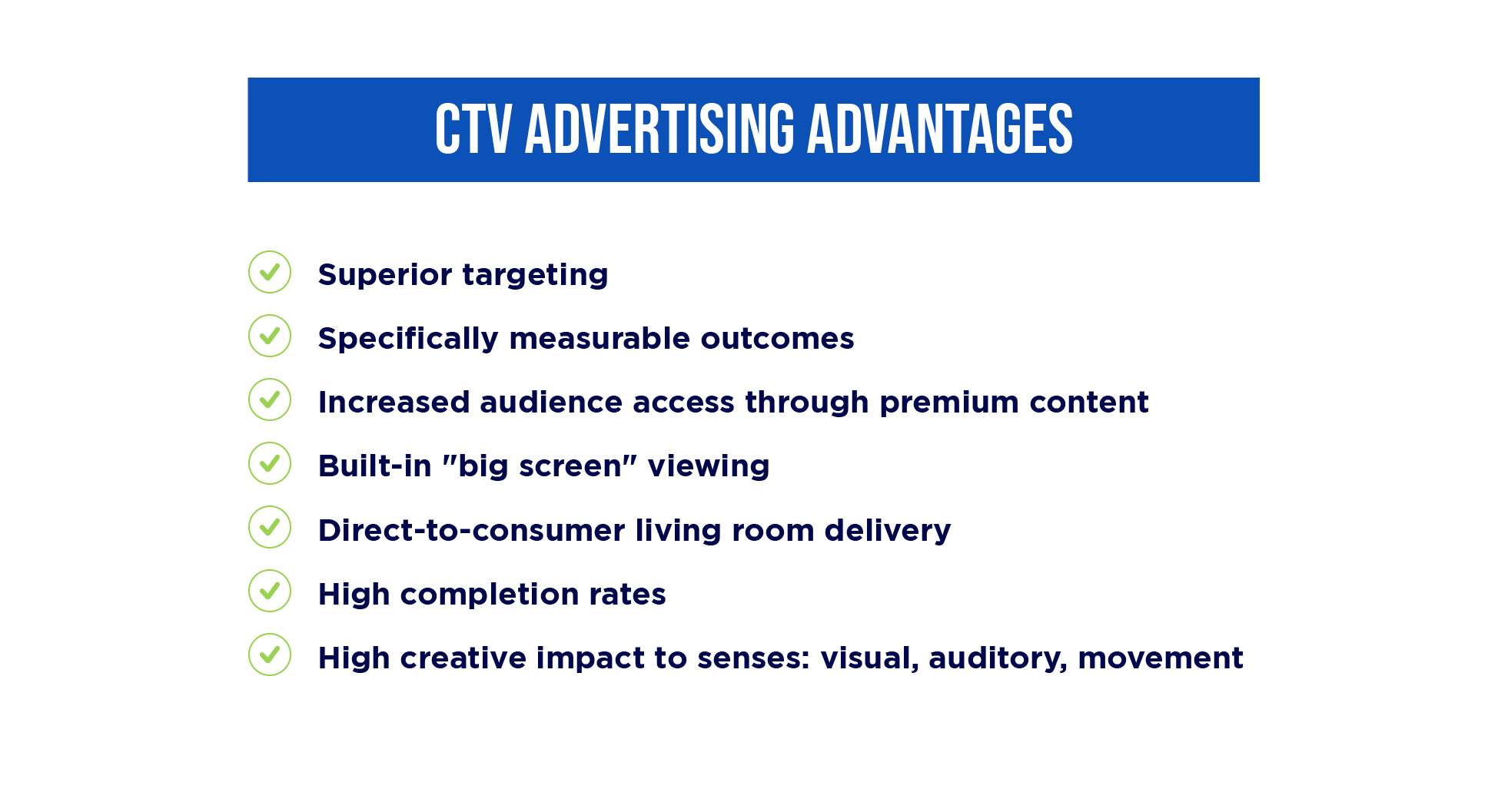
As the CTV advertising industry evolves, it has already become a far more accessible option to small to medium-sized businesses.
How Do CTV Ads Work?
Unlike traditional advertising, CTV advertising provides full access based not on scheduled programming or active content viewing but user patterns and preferences.
Because they are not subject to timed programming restrictions, embedded CTV ads can run for any length of time.
Generally, targeted strategies involve delivering 15-or 30-second ads, with timing and content personalized to the viewer based on their digital profile.
On a large screen, the potent combination of action and sound has the greatest creative impact. Knowing how your target audience will consume your streaming ads makes it much easier to design it to make the most of the medium. In CTV ads, this “big screen” effect is paired with the potential for more comprehensive platform integration advertising.
Which Platforms To Use For CTV Ads?
When deciding where to invest CTV advertising monies, keep in mind the top-performing CTV services. If you are already a digital advertiser, Google is probably the simplest way to start with your first CTV campaign. Currently, Google Ads supports only YouTube and Hulu and both are available on DV360.
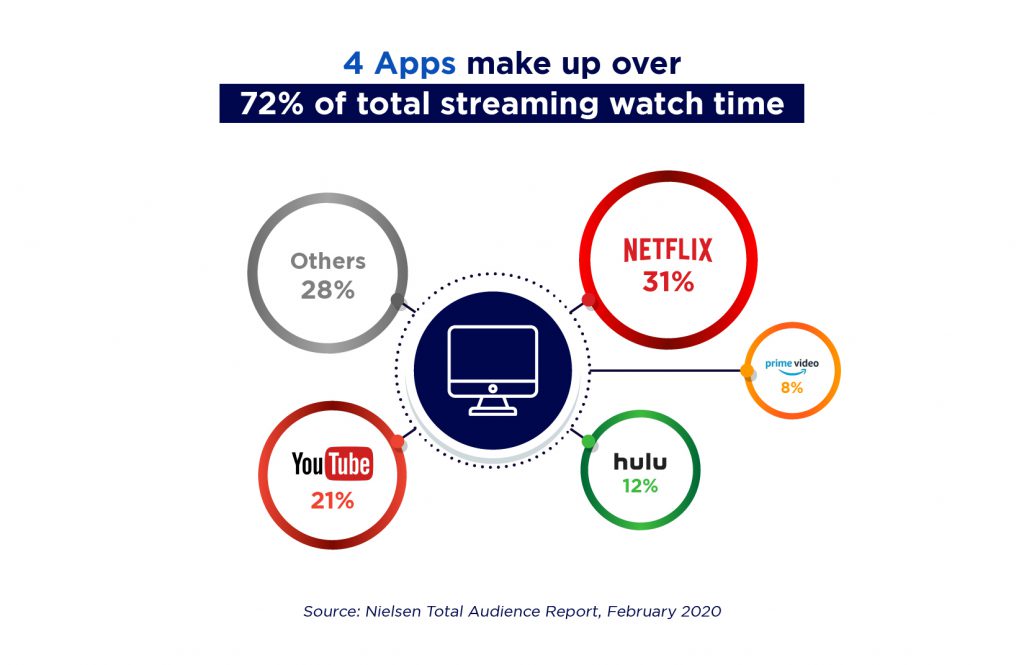
With other CTV providers, it gets pricier. Currently, the cost of Amazon video ads starts at $35,000, close to traditional TV ad campaigns and out of reach for many smaller businesses.
However, a Roku app in development will make it even easier to purchase CTV ad campaigns through Shopify. They plan to offer significantly lower rates than traditional TV campaigns.
Hulu is developing a similar ad platform. Partnerships between CTV providers and eCommerce brands appear likely to continue to increase access to effective CTV ad campaigns.
Products like these have the potential to make CTV ad campaigns accessible to smaller businesses. A subscription or pay-as-you-go model will benefit small brands and streaming service providers.
Who Should Use CTV Ads?
So, which businesses benefit from CTV ads? The short answer is most.
For-profit businesses benefit from the ability to target audiences that match a brand’s ideal consumer base and to convert ad viewing into immediate sales. Specifically, retail and sales-driven brands benefit from CTV video action advertising.
More than just expanding advertising reach, CTV ads hold the potential to allow even small businesses to expand their reach to the exact audiences they want to target.
Unfortunately, one of the greatest barriers to entry for CTV ad campaigns on the bigger streaming platforms, for now, remains cost.
This means that any CTV ad campaign must be strategically planned to optimize the use of particular types of connected TV ads. YouTube, in part due to its development as an ad-supported video streaming service, is almost custom-built to accommodate the CTV ad market.
YouTube CTV Ads
YouTube currently has a pay-per-view pricing system. This means that you establish a daily budget, and then you pay according to the number of views your ads have until you reach that budget. Specifically, this platform points to several significant advantages for CTV ads, including access to Google demographic audience information.
A pick into YouTube CTV Ads
Though currently available only in the US, Google’s YouTube product already showing impressive results. By utilizing YouTube TV Ads and ads on YouTube TV, big brands like Netflix, Lavatza and NBC reported a dazzling increase in brand awareness and YoY brand revenue growth.
Although YouTube’s advertising tools aren’t available to the rest of the world yet and might change further down the road, here’s a glimpse into how the campaign creation will look like.
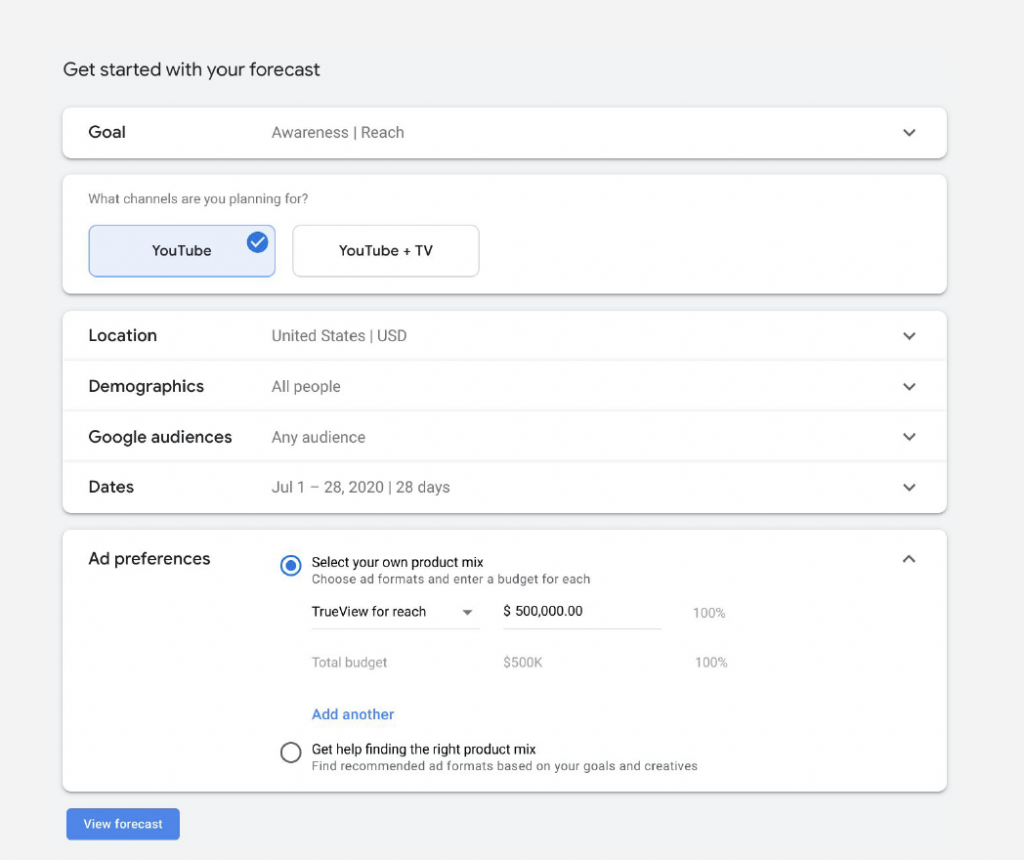
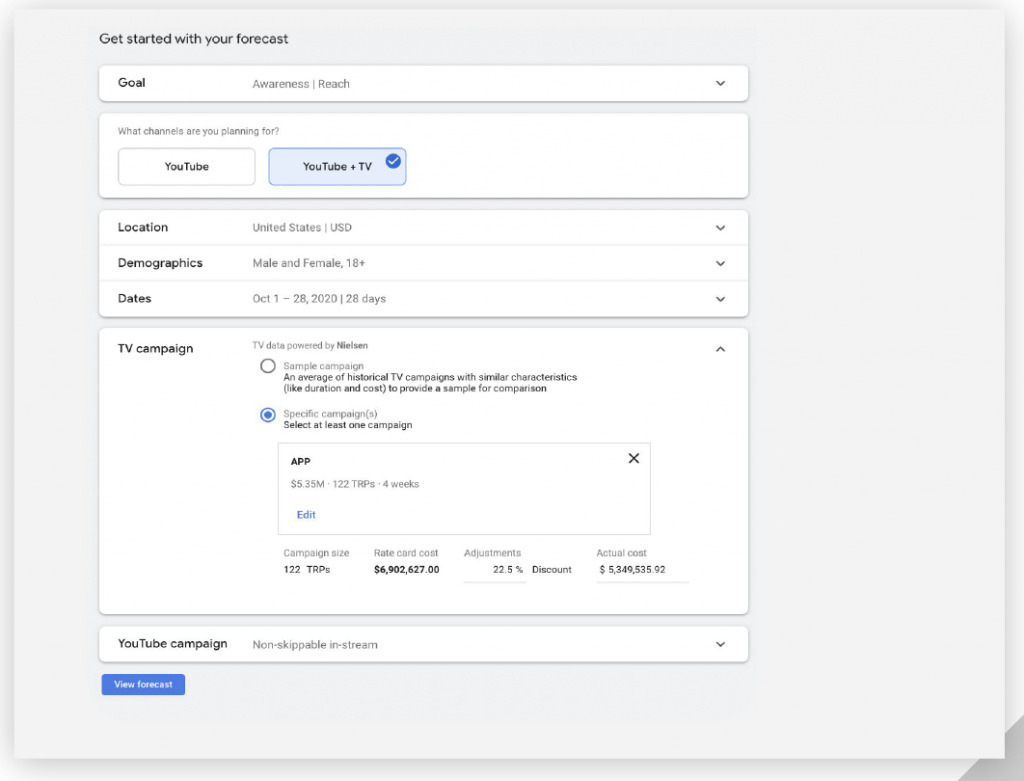
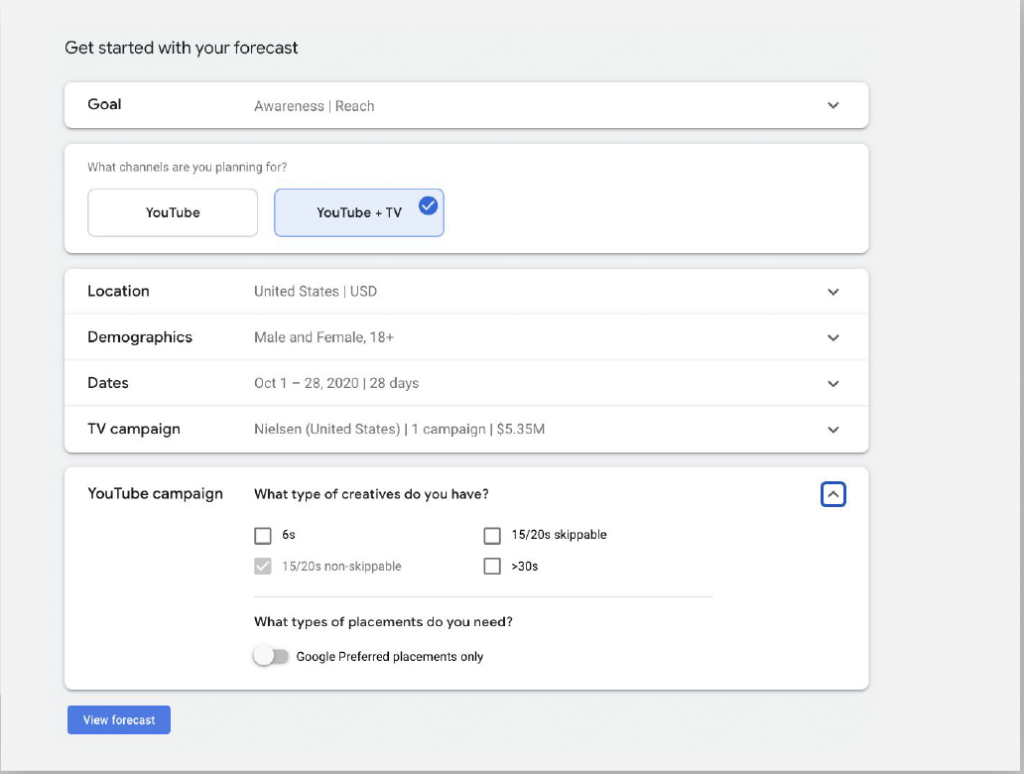
PPC Marketing Expert?
Get things done with Adcore Marketing Cloud.
5 essential PPC tools under one roof.
Related Articles

